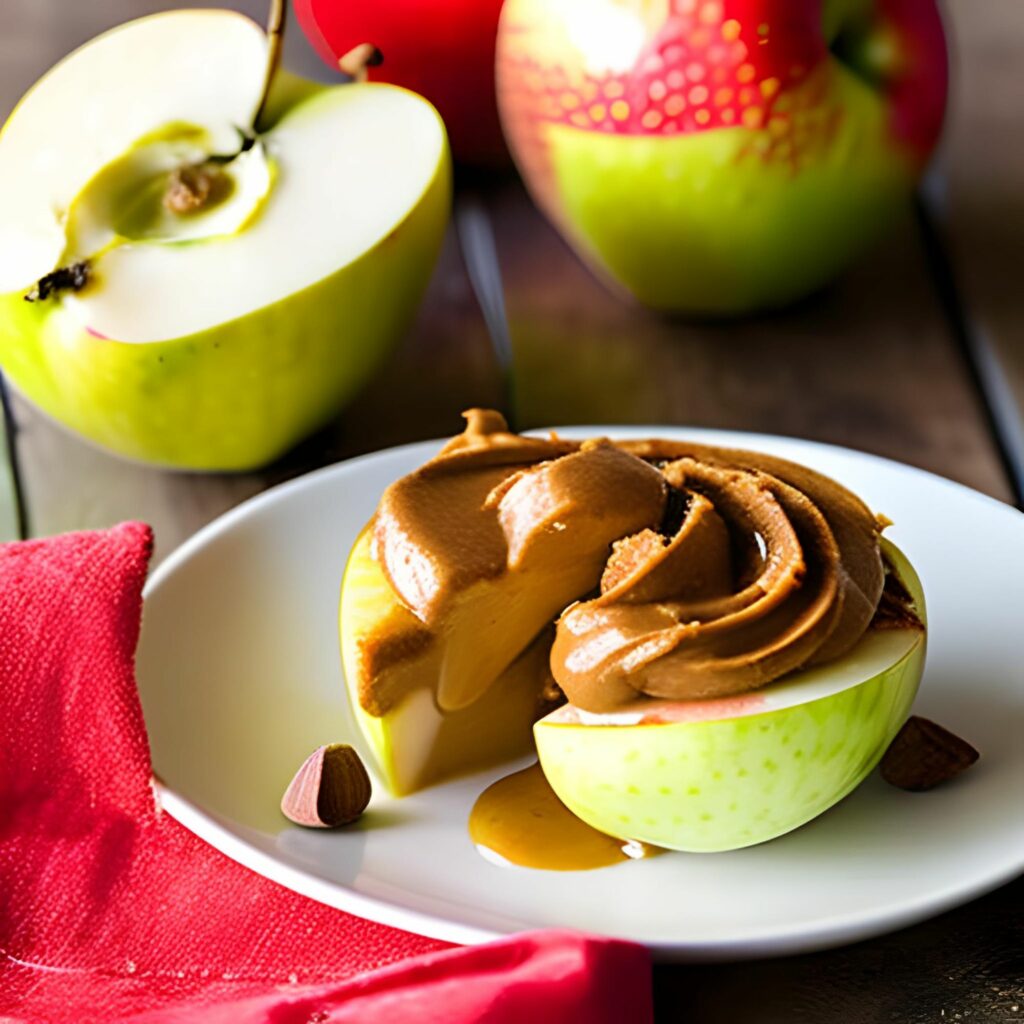Ask Extension: Peanut Butter Can Be a Good Protein Choice!
go.ncsu.edu/readext?945840
en Español / em Português
El inglés es el idioma de control de esta página. En la medida en que haya algún conflicto entre la traducción al inglés y la traducción, el inglés prevalece.
Al hacer clic en el enlace de traducción se activa un servicio de traducción gratuito para convertir la página al español. Al igual que con cualquier traducción por Internet, la conversión no es sensible al contexto y puede que no traduzca el texto en su significado original. NC State Extension no garantiza la exactitud del texto traducido. Por favor, tenga en cuenta que algunas aplicaciones y/o servicios pueden no funcionar como se espera cuando se traducen.
Português
Inglês é o idioma de controle desta página. Na medida que haja algum conflito entre o texto original em Inglês e a tradução, o Inglês prevalece.
Ao clicar no link de tradução, um serviço gratuito de tradução será ativado para converter a página para o Português. Como em qualquer tradução pela internet, a conversão não é sensivel ao contexto e pode não ocorrer a tradução para o significado orginal. O serviço de Extensão da Carolina do Norte (NC State Extension) não garante a exatidão do texto traduzido. Por favor, observe que algumas funções ou serviços podem não funcionar como esperado após a tradução.
English
English is the controlling language of this page. To the extent there is any conflict between the English text and the translation, English controls.
Clicking on the translation link activates a free translation service to convert the page to Spanish. As with any Internet translation, the conversion is not context-sensitive and may not translate the text to its original meaning. NC State Extension does not guarantee the accuracy of the translated text. Please note that some applications and/or services may not function as expected when translated.
Collapse ▲Dear Extension: What are your thoughts on peanut butter? Seems like generally speaking the sugar content isn’t too terrible, but there is more saturated fat in it than I would expect. Is this the “good fat” like what you find in avocados? I’ve been relying on peanut butter lately and using it on toast with apples to keep me full. – Wondering about Peanut Butter.
Dear Peanut Butter: So, Yes, and also no… Reading labels is a great tool for these kinds of questions, especially considering nut butter nutrition information can vary due to additives. Other fats or stabilizers like palm oil may be added to nut butters to keep the oil from separating from the protein.
The easiest guide to determine the amount of any nutrient on a label is to remember the 5/20 rule. This rule looks at the Percent Daily Value or %DV on the label. If a nutrient, like saturated fat, is lower than 5% in %DV it is considered low and if it is higher than 20% it is considered high. When comparing popular brand name peanut butters, saturated fat content varies between 3-3.5g per 2 tablespoon serving. The percent daily value for saturated fat content is 15-17%. This would be considered on the higher end for saturated fat. Other nut butters, like sun butter made from sunflower seeds or almond butter, are much lower in saturated fat, around 7-8% daily value. If you want to avoid added oils or sugars, try to find a peanut butter with ingredients of only peanuts and salt.
Fat does a lot more for our bodies than just making our food taste good. Fat cushions organs, keeps us warm, helps with hormone regulation, makes up our cell walls, and forms some of our brain makeup. So what are the good and not-so-good fats? Intake of saturated fats has been correlated with a higher risk for heart disease so it is best to choose foods lower in saturated fat when possible. Heart-healthy and essential fats are those that are poly-unsaturated and mono-unsaturated. They are considered essential because our bodies cannot make them.
It can often be misleading when looking at the label on a high-fat protein like peanut butter when consumers view the “total fat” line first. A heart-healthy product may be avoided because the total fat amount can look intimidating, but is actually high because of the amount of mono and polyunsaturated fats. Sometimes these heart-healthy fats aren’t even included on the label because they are not required. Wondering how much good fat is in the product? Subtract the saturated fat from the total fat, and that is how many grams of heart-healthy fat is in that food.
So back to my overall thoughts on peanut butter. It is both fat and protein, meaning that it will digest very slowly and keep you full longer. As far as heart health is concerned, peanut butter falls between higher fat animal products like salami or cream cheese and the other nut butters. But is it the right choice for you? Do you have fond memories of lunch as a child when you take a bite? Is almond butter or cashew butter too expensive or you don’t care for the taste? Then peanut butter might just be the best protein choice to keep you full. I recommend pairing it with a high-fiber option for a meal or snack such as:
Try 2 tablespoons of peanut butter
Spread on a sliced green apple
Spread on 8 whole grain crackers
Melted over ½ chopped banana
Melted into 1 cup of cooked oatmeal
Stirred into a cup of Greek yogurt





